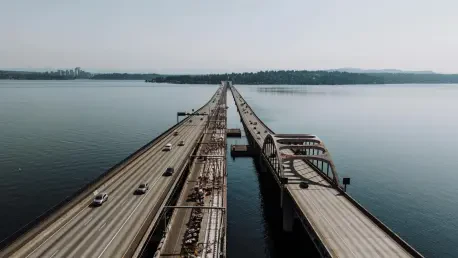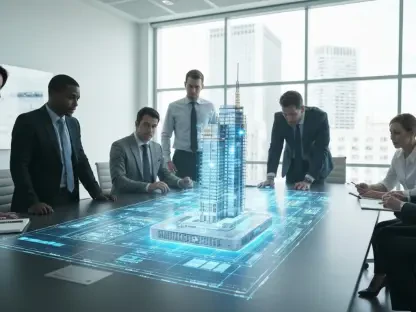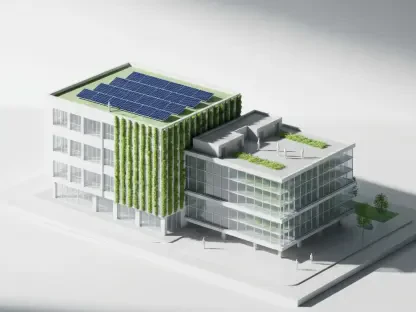What happens when a critical transportation link suddenly buckles under the weight of structural issues? The sudden closure of the I-195 Washington Bridge has thrust Rhode Island into this very predicament. Now, a bold plan to transform the crisis into an infrastructural triumph is underway.
Bridging the Gap: Understanding the Urgency
In December 2023, Rhode Island faced an unexpected dilemma when severe structural deficiencies were discovered in the I-195 Washington Bridge. Notable issues such as broken tie-down rods and unsound concrete demanded the immediate shutdown of this vital conduit. With nearly 100,000 vehicles relying on this bridge daily, its closure sent shockwaves through the regional transportation network, underscoring national concerns about infrastructure reliability and safety.
The pressing need for action was further emphasized during a comprehensive safety audit conducted in March 2024. The audit confirmed the bridge’s compromised integrity and set in motion urgent plans for a full-scale reconstruction. The situation highlighted the gravity of addressing aging infrastructure before calamities occur, confirming Rhode Island’s proactive stance on ensuring safety and reliability.
Crafting the Blueprint: Project Details
Undertaking the colossal task of rebuilding the I-195 Washington Bridge, Rhode Island’s Department of Transportation selected Walsh Construction to lead the endeavor. With estimated costs between $339 million and $427 million, the project extends beyond mere reconstruction, incorporating technological advancements and aesthetic enhancements. The redesigned bridge will feature expanded lanes—from four to five—and redesigned ramps to tackle congestion issues effectively.
A notable aspect of the project is the focus on longevity, with plans for the bridge to serve for 100 years. Technological advancements include easier maintenance and inspection methods, as well as prefabricated arches. Additionally, the new design respects the historical legacy by retaining elements of the original architecture, enhanced by modern, aesthetic lighting solutions.
Perspectives from the Experts and Community
Rhode Island’s strategic move is reflected in statements from key stakeholders. Officials from the Department of Transportation have reiterated the transformational impact on local infrastructure, emphasizing the project’s contribution to regional safety and connectivity. Representatives from Walsh Construction also underscore the intricacies involved and express a commitment to maintaining high standards throughout the construction phases.
Community voices, ranging from local residents to transportation experts, have journeyed through mixed sentiments. While some express concern over potential disruptions, others welcome the safety improvements and enhanced travel experiences. Many residents look forward to a revitalized link that promises to alleviate persistent traffic woes and bolster regional growth.
Beyond Disruption: Practical Implications
As construction commences, careful planning is crucial to minimize disruptions. Traffic management strategies include temporary road adjustments, enhanced signaling systems, and clear communication campaigns to ensure smooth navigation for commuters throughout the construction period. With these measures in place, the short-term inconveniences aim to pale in comparison to long-term gains.
The future outlook offers promising benefits that extend beyond immediate transportation improvements. Anticipated outcomes like improved traffic flow and reinforced safety measures are set to foster economic vitality and regional development. The project’s innovative approach provides a framework that can inform infrastructure renewal efforts nationwide, setting a precedent for addressing similar challenges.
Reflecting on Progress and Looking Ahead
The reconstruction of the I-195 Washington Bridge marked a pivotal step forward for Rhode Island’s infrastructure. It highlighted the pressing need for proactive solutions in dealing with structural challenges. By transforming a crisis into an opportunity, Rhode Island set a standard for resilience and forward-thinking. The state’s commitment to enhancing transportation safety and reliability, combined with the integration of modern design principles, created a blueprint for success.
As the bridge neared completion, stakeholders reflected on the journey—acknowledging its challenges while expressing optimism for future endeavors. The project served as a testament to the power of collaboration and innovation in addressing infrastructural issues. Moving ahead, the lessons learned will continue to guide efforts in building infrastructure that supports thriving communities and robust economies.









